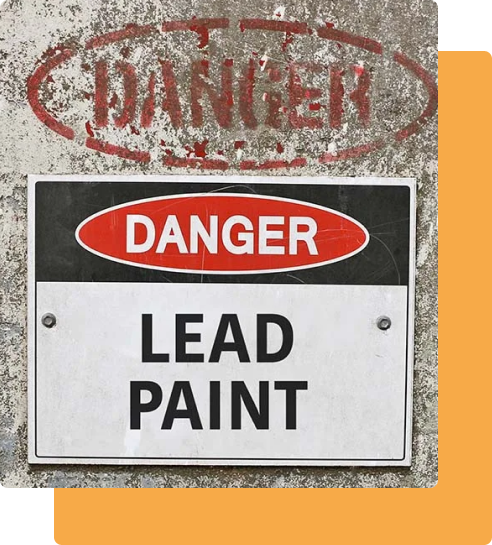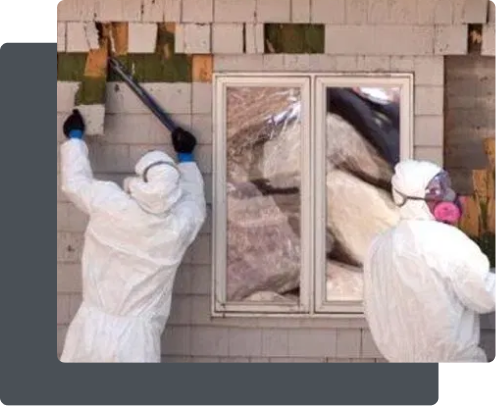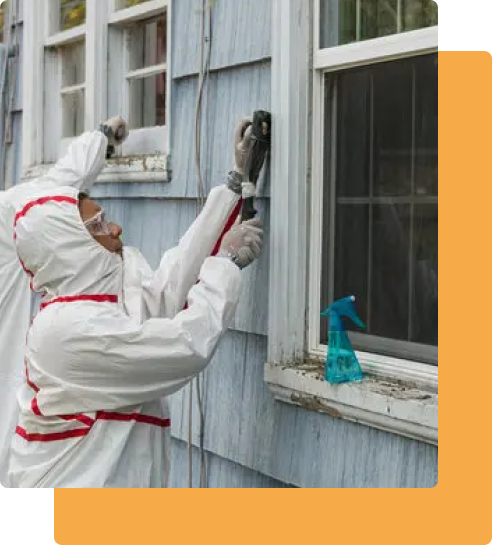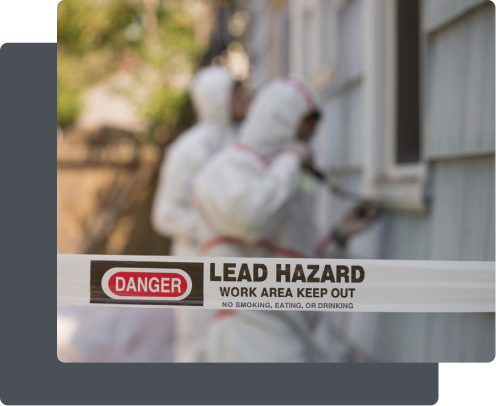


Lead was added to the paint for its durability, quick-drying capacity, and resistance to moisture that causes corrosion. Its pigment quality also provided vibrant colors.

Recommended practices include

Learn lead-safety practices to increase construction standards and protect health.
English Class
Date: Feb 21, 2024
Time: 8:30 Am – 5:00 Pm
Spanish Class
Date: Feb 22, 2024
Time: 8:30 Am – 5:00 Pm

11000 SW Barbur Blvd, Ste 100 Portland, OR 97219
